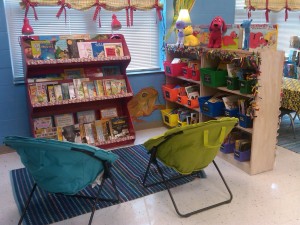[fusion_builder_container hundred_percent=”yes” overflow=”visible”][fusion_builder_row][fusion_builder_column type=”1_1″ background_position=”left top” background_color=”” border_size=”” border_color=”” border_style=”solid” spacing=”yes” background_image=”” background_repeat=”no-repeat” padding=”” margin_top=”0px” margin_bottom=”0px” class=”” id=”” animation_type=”” animation_speed=”0.3″ animation_direction=”left” hide_on_mobile=”no” center_content=”no” min_height=”none”]
Tonight Monkey (my three-year-old) and I made muffins and brownies. We sang and laughed and he was so excited when I decided to put “cookies” in the banana muffins. I was briefly confused and then realized he was talking about the chocolate chips. To be fair, that is the only time we use those. They are for making cookies. But Sport (my teen) requested them in the muffins tonight. Cooking with my children is a normal event. I have fond memories of cooking with my grandmother and I enjoy cooking with my own kids. The language and experiences are tucked away.
A few weeks ago I was talking with our reading teacher about a group she had. They are struggling with vocabulary and therefore reading. She was asking for ideas to help them with making connections. Connections in reading help with understanding and comprehension, but how do you build upon experiences you don’t have? Monkey knows what brownies and banana muffins smell like in the oven. When he reads about these things in his near future he can quickly make a connection and strengthen his understanding of the story. Not all of our students come with those backgrounds and experiences.
Thematic teaching was about connections. It allowed teachers to connect literature and math with science and art. Students were immersed in content and were able to make connections to deepen understanding and comprehension. We need to think about using this to build background knowledge in our lowest readers. Bring experiences into the classroom.
Reading group is a time for learning about reading and comprehension, but it is also important to build background knowledge. Bring things into the classroom to make books come alive for those students and allow them to make connections.
Bring in a fruit or vegetable or other food.
Do a simple cooking activity (make jell-o, rice Krispie treats, hot chocolate).
Play music to fit the tone, story, era.
Look at pictures of the setting (Google lit trips is perfect for this)
Build with blocks.
Bring in anything the characters are using regularly, talking about or experiencing to make things come to life.
Don’t assume students come to you with experiences. We ask them to make connections, but they need to have the experiences and language to do that. Monkey thought chocolate chips were “o these experiences. Allow them to experience life and then make the connections to books. Opening up their world will help them build knowledge and that is what reading is all about.[/fusion_builder_column][/fusion_builder_row][/fusion_builder_container]


